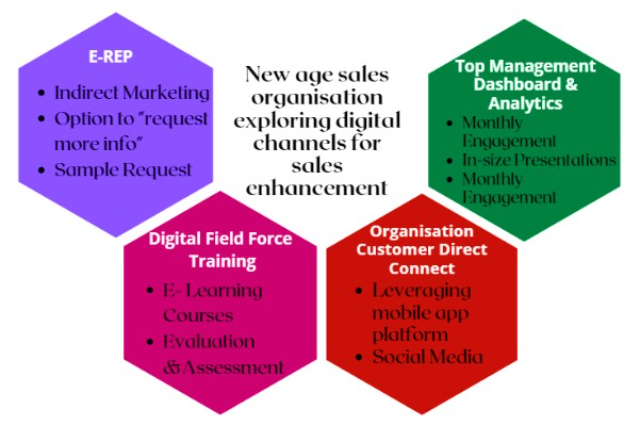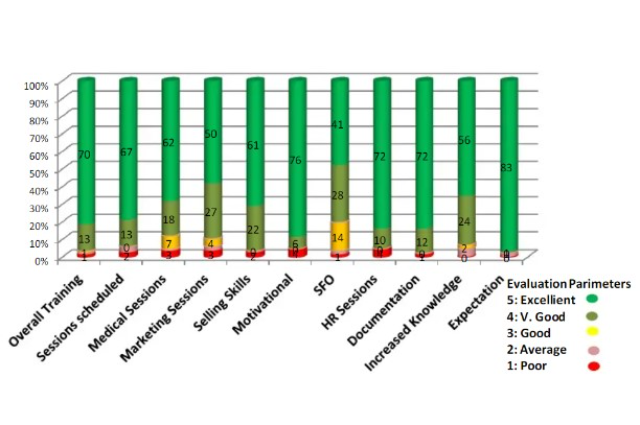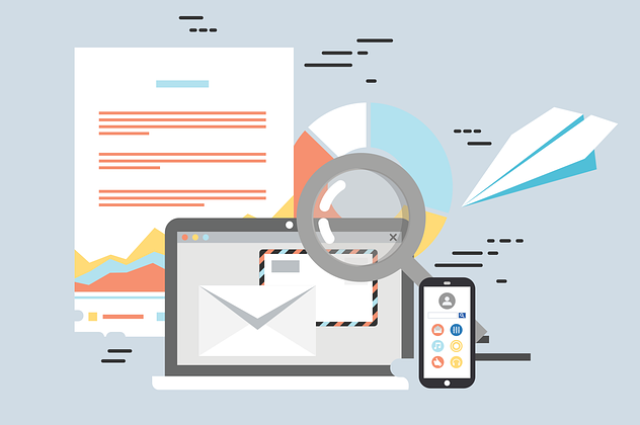
In recent years, learning and development have expanded substantially. 30yrs ago, corporate learning was almost always done face-to-face in a classroom, with a trainer providing content from the front of the room. Now, there are a variety of ways to learn, and it probably won't be in a classroom – unless it's virtual – and it won't be one trainer providing a fixed piece of knowledge while the rest of the class listens. In today's environment, the possibilities are unlimited. It may be a podcast, a TED presentation, or a YouTube video.
As said by David Willett,
“People want to consume learning in a different way now”.As a result, it is now designed for smaller, bite-sized learning. Of course, technology is a driving force behind most of the change; it has changed businesses and education. It has been undergoing a continuous transformation over the past 30 years. In 1988, technology was primitive compared to what we have now. Take a look at these numbers: Google debuted in 1998, Wikipedia in 2001, LinkedIn in 2002, YouTube in 2005, MOOCs in 2008, and Slack in 2009. It's not just learning delivery that's changed; it's also learning design, L&D departments, and learning views and expectations.
But, still training a sales team may seem particularly challenging. For instance, L&D managers may also encounter sales reps who are concerned that if they take time off from selling, they will miss their quota, or a sales superstar who does not believe they need to be trained—spoiler alert: all salespeople require sales training.
In fact, according to one survey, training is an investment that pays off: statistics reveal that for every dollar spent on training, a company earns around $4.53 in return – a 353% return on investment.
Training Programs:
As mentioned in the GloCONSULT report, below mentioned are a few of the training programs adopted by pharma companies for end-to-end digitization of their organisation.
As organizations are going digital in terms of their training programs let’s see how it has evolved from a traditional training pattern to modern methods.
Evolving Sales Training:
Traditional training approaches do not meet the needs of individual learning styles, preferences, and demands in a room of Sales Reps. That's where e-training, often known as "virtual sales training," might help.
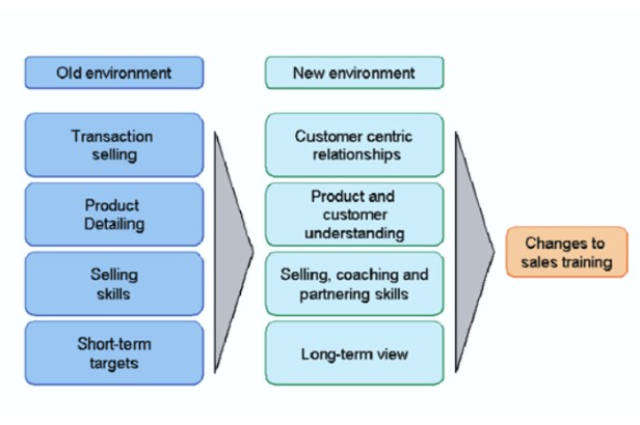
Case Study - AstraZeneca’s Sales training strategy:
AstraZeneca, HQ in Cambridge, England is a multinational, science-led biopharmaceutical company its unique medicines are used by millions of people across the world. As per the case study:
AstraZeneca is developing an ambitious e-Learning strategy in order to respond to quickly changing market and customer needs. Rather than giving new sales reps a 30 to 60-minute e-Learning module followed by a multiple-choice exam, they are now breaking down modules into smaller bits of information called "Learning Bites."
This makes it possible to learn in a more direct, targeted, and personalized manner. Depending on the drug, sales agents can also visit and interact with a virtual community that includes doctors' offices, pharmacies, hospitals, and clinics. As a result, sales representatives will be able to begin detailing physicians more quickly and effectively.
Though the pharma industry has evolved in its methodology even their pattern of spending per employee has also changed.
Investment in man-hours for sales training:
The time and money that organizations devote to enhancing sales force productivity are limited, so sales managers must decide where it is worthwhile to invest.
According to a Pharmaceutical Sales Training Excellence report,
- Pharmaceutical Companies Participants' Sales Training Budgets Average Nearly $6 Million
- New hires receive 36% of the budget
Impact of Sales Training:
- Reaction (Feedback): At the end of each training session, participants were asked to provide feedback on 11 criteria, on a scale of 1 to 5, with 1 being the lowest or worst and 5 being the highest or best. With the exception of SFO, almost 80% to 85% of participants rated all sessions as excellent or very good.
- Learning: From Sept 18 to Feb 19, the training teams administered 3328 exams via Learning Management System and occasionally performed impromptu vivas or spot quizzes. Given the wide range of educational backgrounds and IQ levels among the participants, the organisation finds quite effective results, with average scores of 70 to 80%.
- Behaviours: At Alembic, the trainers are assessed on 5 parameters by using two methods either conduct role-play or accompany the trainees on field trips for this stage.
- Results: As a result, the 6months examination of post-training sales data is presented below. As can be seen from the graph, sales have increased by 71%.
Ways to achieve best results on training:
Pharmaceutical sales are high-stakes, with nearly two-thirds of all launches failing to meet pre-launch sales expectations. To achieve better training results:
- Use gamification and Mobile technology for training: According to research, 81% of pharmaceutical companies train their employees (salespeople and doctors) using a mobile or tablet device. As can be seen in fig 11, the touchscreen tablets are now carried by the majority of salespeople:

Approximately 81 % of the material taught to sales employees is lost during the first 90 days of training. Furthermore, powerful mobile and transportable CRM technologies give a robust on-the-go sales toolbox that aids in increasing sales: organizations that use mobile CRM achieve 65% of their sales quotas compared to companies that do not use mobile CRM.
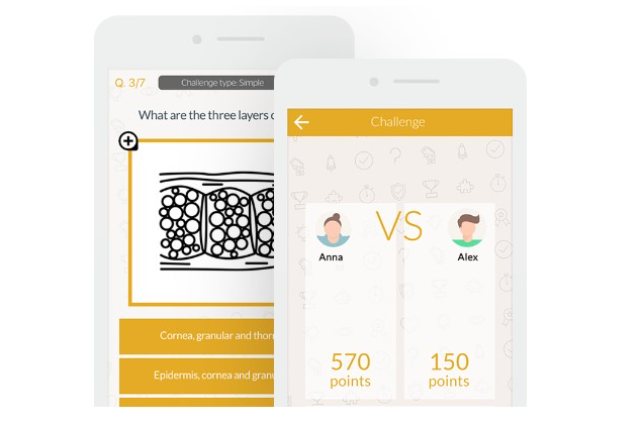
- Use of Augmented reality: Clients expect relevant, current, high-quality content that they can consume in a short amount of time, so high-quality content has long been a cornerstone of effective pharmaceutical sales. AR could help pharma sales staff convey complex information more clearly and concisely, similar to how the virtual first-down line delivers rapid information on the progress of a football game.

The advantages of utilizing the technology for sales representatives in the pharma sector for spaced learning training is - It has the ability to quickly assess the outcomes of each and every training session as well as it provides personalized training at a lesser cost and higher participation.

